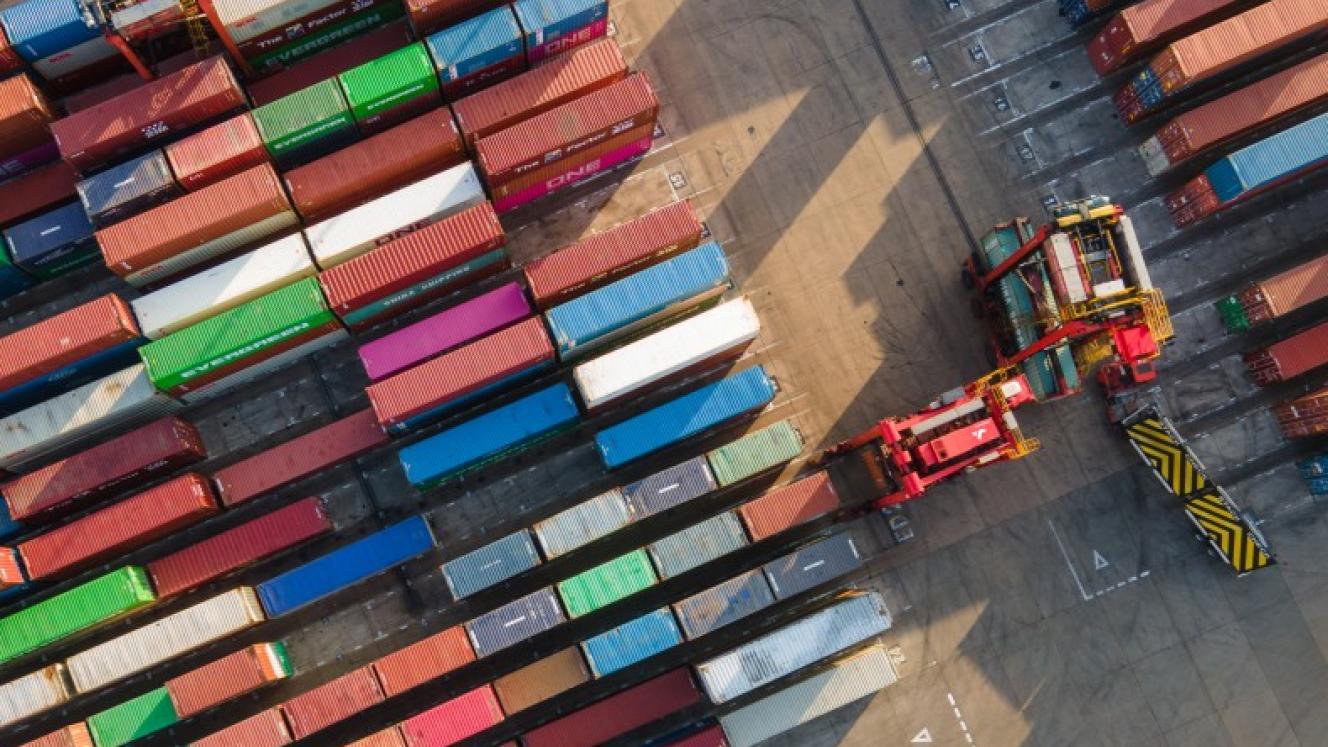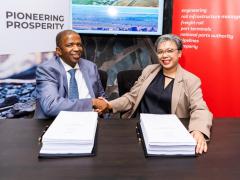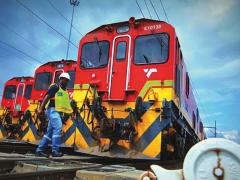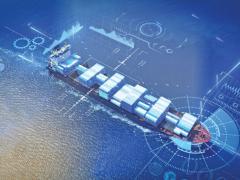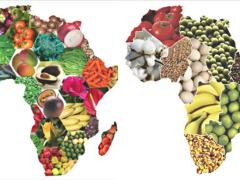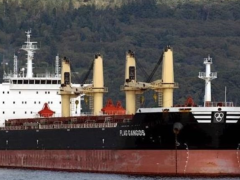South Africa’s strategic location
for passing maritime trade
has not been optimised and
even in the global downturn
ports could benefit by helping
battling ship owners to lay up
or scrap vessels over the next
three years.
Dr Henriëtte van Niekerk,
global head of Dry Bulk Freight
Analysis and director of
London Stock Exchange-listed
Clarksons Platou, told delegates
at the eThekwini Maritime
Cluster’s first Durban Maritime
Summit last week that the
country’s coastline played a key
role in south-south route.
“Evolution of shipping
patterns has put SA in a
very favourable and strategic
location and we can really grasp
the opportunities from that and
from the freight market cycle
that is so bad,” she said.
Van Niekerk said an analysis
via a satellite of dry bulk ships
on the route on February 16
showed there were 273 ships
passing the coastline but
roughly half had called at local
ports. She said the route had
developed because of Chinese
demand for bulk commodities
such as coal and iron ore.
“I counted 40 container ships
of which only 20 called at SA,
I counted 163 bulker ships and
there were only only 70 callings,
I counted 55 tankers and there
were only 28 callings,” she said.
Van Niekerk said dry bulk
trade routes had shifted and
traffic on the Atlantic Pacific
Ocean moving past the Cape
comprised 24% of trade in 2015
compared to 19% in 2004.
She added that the demand
for energy in Asia was growing
which meant there would be
a rise in the number of large,
LPG and LNG tanker ships
going from America to Asia via
Panama and also the Cape.
Van Niekerk said more
8 000-12 000-TEU container
ships were calling at
Durban port and there were
opportunities to develop an
additional route.
“The main route is the
Singapore-Europe route via the
Suez Canal so you would think
Durban was just a feeder port
– but interestingly those big
ships can call from Singapore,
Shanghai to South Africa and
you can feed up the coast, to
South and North America,”
she said.
Van Niekerk said there were
16752 ships in the world today
– excluding ships on order – but
ship owners were attempting to
postpone delivery and seeking
to lay up ships until trade
improved.
“There is an opportunity – in
PE there is a ship being laid up
for six months. If you have the
berths you can explore that,”
she said.
Around 500 ships would be
sent for recycling annually over
the next three years, presenting
opportunities for ports to help
with green recycling at old
berths or dry docks, she added.
“Ships need to get out of
the market and ships as young
as 15 years are going to the
graveyard.”
Zeph Ndlovu, chairman
of the eThekwini Maritime
Cluster, said Durban Port was
ideally situated and managed
almost 4000 vessel calls a year.
“It is at the apex of the
pendulum swing of trade
between the east and the west
ranging from China to Santos
in Brazil on the south/south
shipping routes. The advantage
of the south/south route is that
it is a journey of just 22 days,
free of any transit fees and
piracy,” he said
“Compare that to a transit
journey of 26 days through
the Suez or Panama Canal.
South Africa and in particular
Durban is adding its weight
in cutting the cost of doing
business,” he said.
INSERT & CAPTION
The advantage of the
south/south route is
that it is a journey of
just 22 days, free of
any transit fees and
piracy.
– Zeph Ndlovu
Comments | 0
